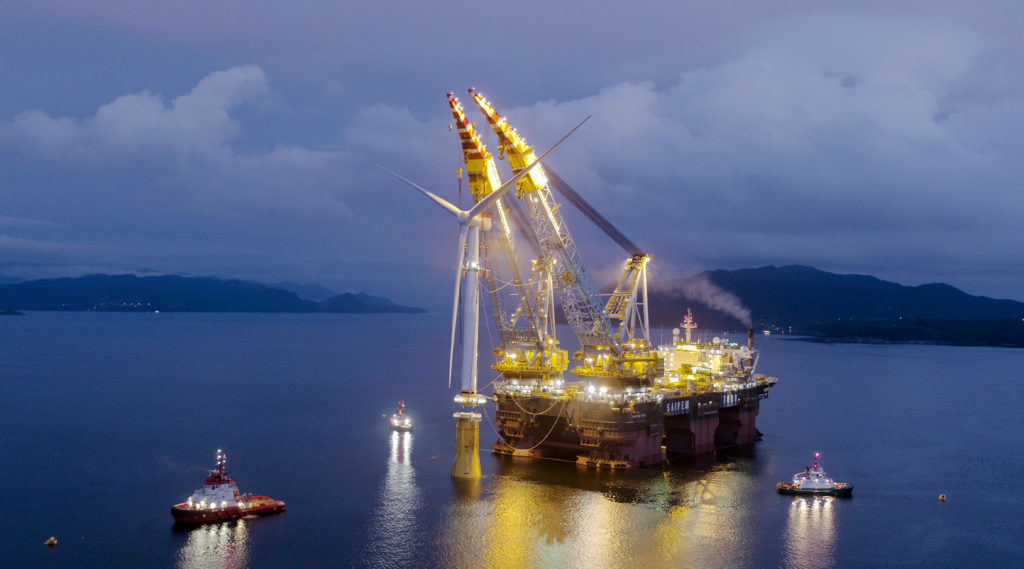
Growth of the offshore energy market looks set to be hampered by a looming shortage of competent construction vessel capacity.
New deepwater oil and gas developments and huge wind farms look particularly vulnerable over the next five or so years. A summary by S&P Global Market Intelligence and research by Rystad Energy points to the looming crisis from opposite directions.
S&P’s focus is offshore wind, while Rystad’s is deepwater oil and gas plus floating LNG.
With little new construction ordered in either camp, the crunch is set to come quickly and lead to rapidly rising costs for developers.
The situation for big oil is aggravated by the impact of the 2014-2018 industry slump, which forced a number of international marine contractors to pay more attention to offshore wind, where contracting practices are different and apparently less volatile.
Rystad says around 250 new oil and gas projects are likely to be sanctioned globally for development in 2020, up from 160 in 2016, and “bottlenecks among suppliers appear inevitable”.
Floating production contractors, subsea installation players and fabricators of LNG facilities will all likely struggle to keep up with the surge in demand for their services, thus causing project schedules to slip.
Audun Martinsen, head of oilfield services at the Norwegian analyst, said: “Deepwater projects are now in a challenging situation as they are heavily dependent on Surf and FPSO contractors.”
Another complicating factor is the massive push by certain energy companies like Equinor to move ahead with offshore wind projects.
Rystad says wind capacity will double to more than 50 gigawatts by 2022.
This implies a massive increase in demand for installation of offshore wind power cables.
Rystad notes that classic, major Surf players like Subsea 7 and Saipem are in a great position to capitalise on this trend, having managed already to diversify from being pure oil and gas players to become substantial drivers within the energy
transition.
S&P reports concern about the trend towards super-large wind turbines, such as GE’s 12MW units, which could outstrip vessel capability.
S&P notes vessels required for installing turbines will usually be booked out for several months.
Hiring costs can be around £125,000 per day and the rates are expected to increase in the future. Jack-up vessels cost up to £270 million and rising.
Industry body WindEurope anticipates at least 10 new vessels will be needed to deal with the fleet of larger turbines.
There are currently three large wind farm construction vessels with a jacking capability on order, which will bring the global fleet of such vessels to only 18.
Two of these super-jack-up ships, Voltaire and Les Alizes, were ordered by vessel owner Jan De Nul Group last year on the back of big North Sea wind farm contracts.
None of the existing fleet of offshore wind construction vessels is capable of operating in the US offshore wind market, which is only just starting up but expected to grow rapidly.
The Jones Act prohibits foreign vessels from operating out of US ports and serving the domestic market. It has long been a bone of contention among non-US offshore oil and gas construction and support vessel fleet owners.
Undaunted, however, is Danish company Orsted, which is making a big push into the putative US market and has already ordered 12MW GE turbines for US East Coast deployment from 2022.
Orsted is concerned about the Jones Act situation but “declined to provide detail on capacity shortfalls and its vessel procurement” to S&P, citing competitive reasons.
S&P has sussed that the Jones Act can be thwarted, for example by using jack-up vessels from Europe, not entering them into US ports and “feeding” them with smaller US barges, which are compliant.